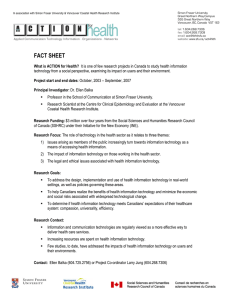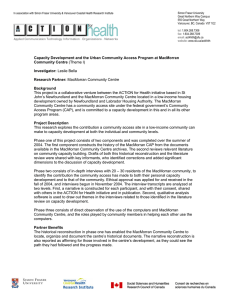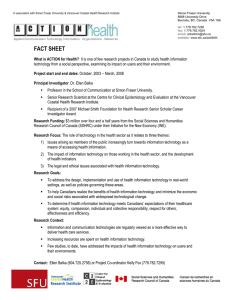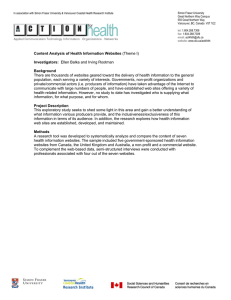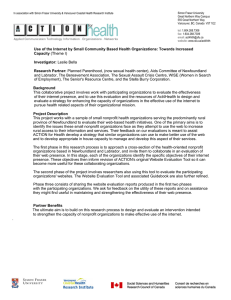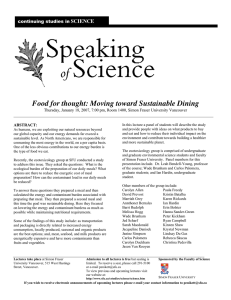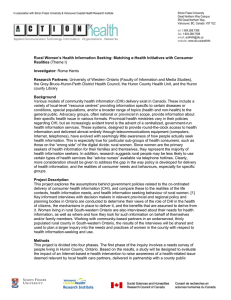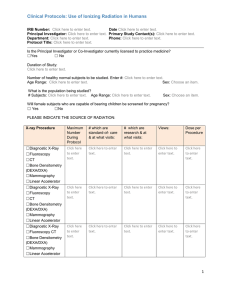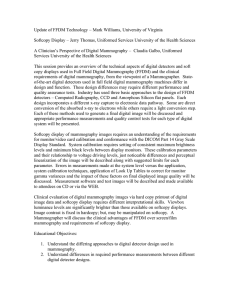In association with Simon Fraser University & Vancouver Coastal Health... Simon Fraser University
advertisement
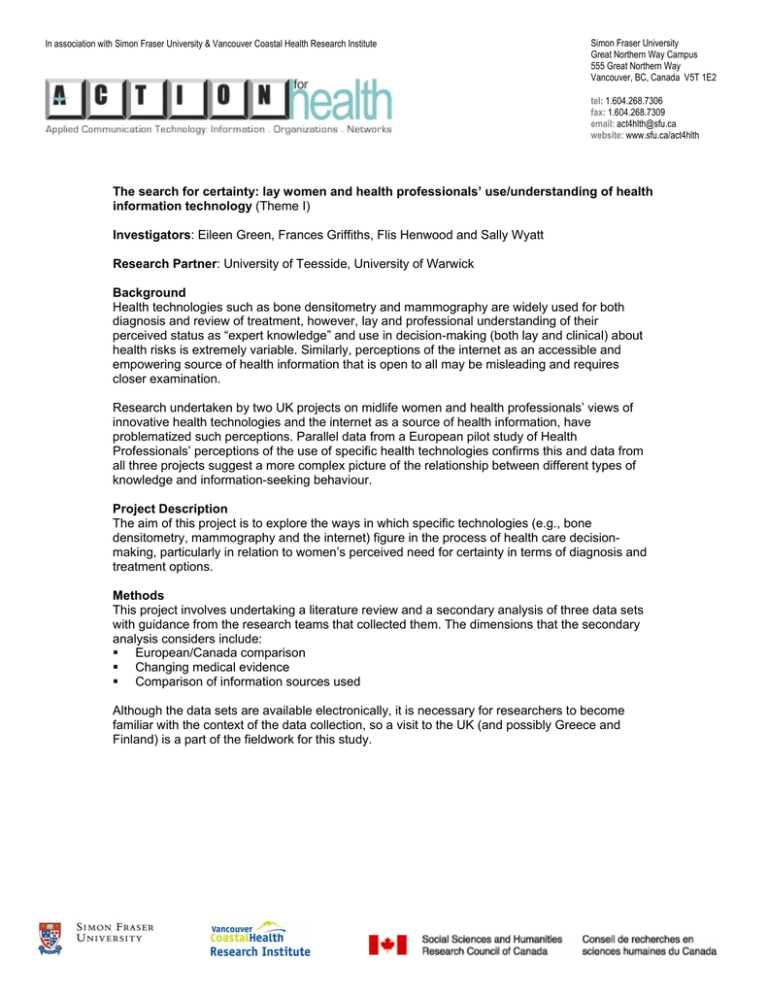
In association with Simon Fraser University & Vancouver Coastal Health Research Institute Simon Fraser University Great Northern Way Campus 555 Great Northern Way Vancouver, BC, Canada V5T 1E2 tel: 1.604.268.7306 fax: 1.604.268.7309 email: act4hlth@sfu.ca website: www.sfu.ca/act4hlth The search for certainty: lay women and health professionals’ use/understanding of health information technology (Theme I) Investigators: Eileen Green, Frances Griffiths, Flis Henwood and Sally Wyatt Research Partner: University of Teesside, University of Warwick Background Health technologies such as bone densitometry and mammography are widely used for both diagnosis and review of treatment, however, lay and professional understanding of their perceived status as “expert knowledge” and use in decision-making (both lay and clinical) about health risks is extremely variable. Similarly, perceptions of the internet as an accessible and empowering source of health information that is open to all may be misleading and requires closer examination. Research undertaken by two UK projects on midlife women and health professionals’ views of innovative health technologies and the internet as a source of health information, have problematized such perceptions. Parallel data from a European pilot study of Health Professionals’ perceptions of the use of specific health technologies confirms this and data from all three projects suggest a more complex picture of the relationship between different types of knowledge and information-seeking behaviour. Project Description The aim of this project is to explore the ways in which specific technologies (e.g., bone densitometry, mammography and the internet) figure in the process of health care decisionmaking, particularly in relation to women’s perceived need for certainty in terms of diagnosis and treatment options. Methods This project involves undertaking a literature review and a secondary analysis of three data sets with guidance from the research teams that collected them. The dimensions that the secondary analysis considers include: European/Canada comparison Changing medical evidence Comparison of information sources used Although the data sets are available electronically, it is necessary for researchers to become familiar with the context of the data collection, so a visit to the UK (and possibly Greece and Finland) is a part of the fieldwork for this study.
